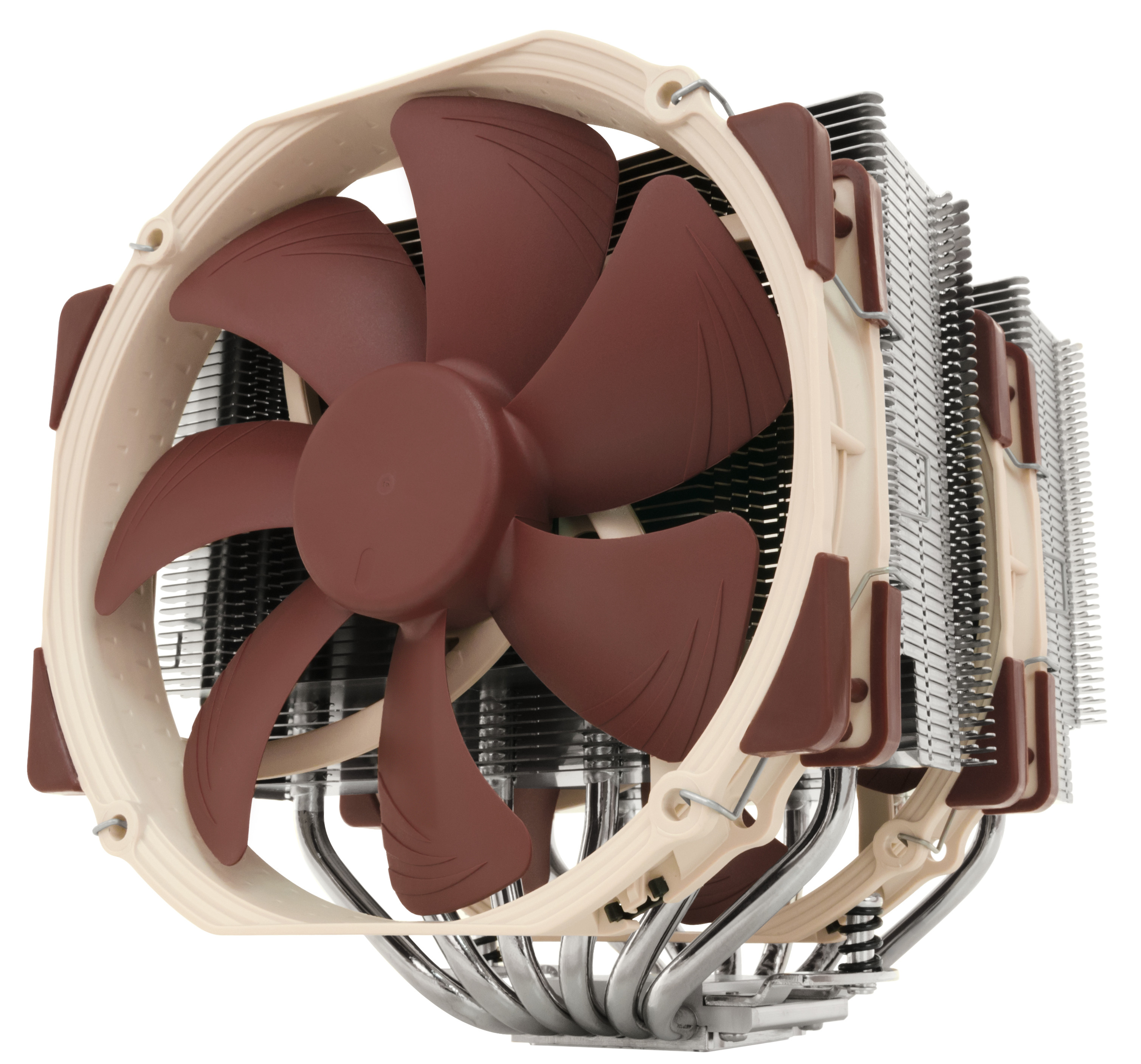Noctua: Heatpipe Orientation Does Not Affect AMD Ryzen Chip Cooling; Airflow Might
Noctua says rumors about Ryzen-3000 cooling problems due to heatpipe/die alignment are not to be believed.
For some time now, there have been rumors that the orientation of a cooler on AMD’s Ryzen 3000 CPUs could have a drastic impact on the processors' temperatures.
This is largely viewed as being due to the orientation of the heatpipes on the heatspreader, and that their effectiveness would be reduced in the ‘normal’ mounting position due to their alignment with the chip’s IOD and CCD. It appears now that Noctua has just about had enough of it, as the Austrian cooling manufacturer made a statement about the topic. Noctua's conclusion: the orientation of the heatpipes does not matter. But that’s not quite the end of the story.

The phenomenon was first reported by Igor from Igor’s Lab when using liquid cooling gear. Igor noticed a small temperature difference between vertical and horizontal cold plate mounting. This, of course, led to quite some speculation by media and the public, with no clear answer on whether it was truly an issue or not.
Noctua did its own testing, and at least with its own equipment, found that the alignment of the heatpipes had no impact on cooling. However, the company did note that the mating between the heatsink and the heatspreader of the CPU might differ slightly “However, as there can be minute variances in surface shape both with the CPU heatspreader and with the base of the cooler, it is possible that one orientation has a better fit than the other and hence gives slightly different results.”

Noctua also noted that the changes in airflow between orientations could also affect the cooling performance, which makes sense: if the airflow isn’t optimally from cold through hot, or a hot graphics card gets in the way this can also affect the results.
None of these are particularly major issues, though. Any examples of extreme cooling problems with the Ryzen 3000 CPUs where changing the orientation of the cooler made the difference between running hot and cooling well might well be due to the cooler being improperly installed the first time around – even I've made that mistake before and run into a CPU with a 65-degree Celsius idle temperature.
Get Tom's Hardware's best news and in-depth reviews, straight to your inbox.
Niels Broekhuijsen is a Contributing Writer for Tom's Hardware US. He reviews cases, water cooling and pc builds.
-
kerberos_20 on noctua coolers it should be fine, since the have heatpipes all over thereReply
but what about cheap coolers with like two heatpipes?
something like this should have bigger temperature variation when u rotate it
-
hannibal The heat should spread quite evenly to the whole Are of that block that contact the prosessor... the point where the actual heatpipe is, is not so much cooler than the metal around it. More heapipes just mean that there Are more pipes to draw away the heat, so They cool the contact area more.Reply -
escksu Replykerberos_20 said:on noctua coolers it should be fine, since the have heatpipes all over there
but what about cheap coolers with like two heatpipes?
something like this should have bigger temperature variation when u rotate it
I would say its minor. Very minor, 2-3C at most. Not enough to affect daily usage or mild oc.
If you are doing extreme oc, I don't think the cooler will be sufficient.
